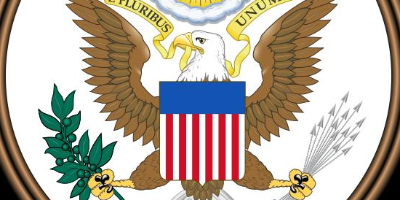1 янв 1790 г. - Hamilton's Economic Plan
Описание:
A four-point plan for the US economy developed by Secretary of the Treasury Alexander Hamilton. He desired to turn the US into a global industrial powerhouse, and to do that he needed a strong federal government. His plan consisted of the following:1) The federal government's assumption of all debts from the Confederate government ($52 million), as well as debts accrued by the states during the Revolutionary War ($25 million). This would build up the nation's credit with foreign countries, as well as fostering national unity. The problem was that Southern states (excluding South Carolina) had already paid off most of their debts, while the ones with the highest debts were all Northern. Southerners saw this as Hamilton favoring the North over the South and refused to pass the bill. It was passed after Hamilton and Jefferson negotiated to move the federal capital to the South in exchange.
2) Enact a tax on whiskey. Hamilton hoped this would raise money for the government and discourage Americans from drinking excessively. It went into effect in March 1791. Poor farmers objected to this tax, as many of them turned their excess grain into whiskey, which they then sold for a profit. The tax would hurt them financially even more. They grew so upset that a group of them in Pennsylvania took up arms in an event known as the Whiskey Rebellion that was suppressed by the military.
3) A tariff on manufactured goods. Hamilton predicted this would discourage purchasing these products from overseas, forcing them to buy from domestic markets. The manufacturing industry in the US would be promoted as a result, establishing a stronger economic presence. It passed on July 4, 1789.
4) The charter of a Bank of the United States. This would be a private, profitable corporation that would act on behalf of the federal government. The National Bank would store the federal government's money and print a national currency to be used by every state. It would have a 20-year charter, and would have certain restrictions placed on it to dissuade corruption, such as preventing it from purchasing government bonds. This was also highly controversial, with Southern Republicans like Thomas Jefferson and James Madison arguing that the establishment of the Bank was unconstitutional, robbed power from state banks, and served only to further the interests of the industrial North while providing no real benefit to the agrarian South. Hamilton cited the Elastic Clause as justification, claiming that it indirectly gave the government the right to create a national bank. This was an example of loose construction, the view that the Constitution granted the federal government powers not explicitly stated. The charter passed on February 25, 1791.
Добавлено на ленту времени:
Дата:
1 янв 1790 г.
Сейчас
~ 236 г назад
